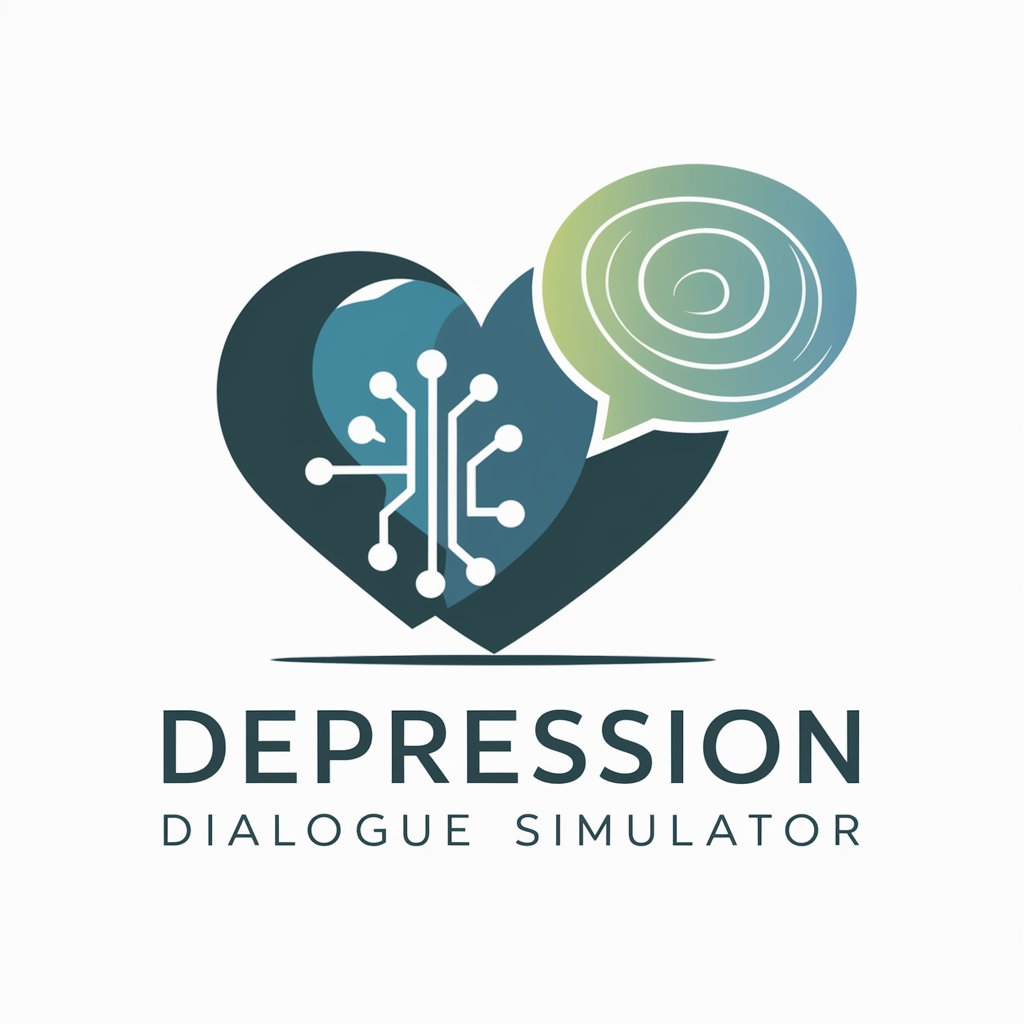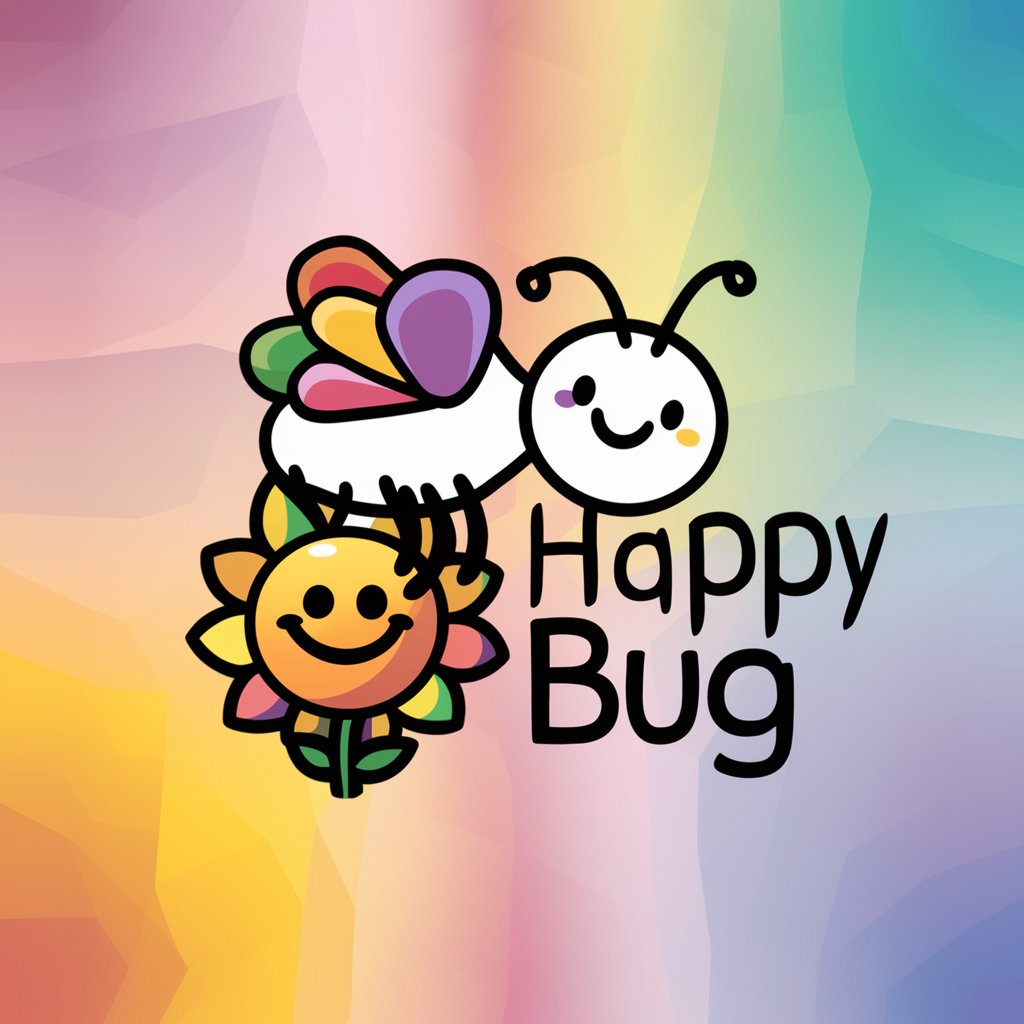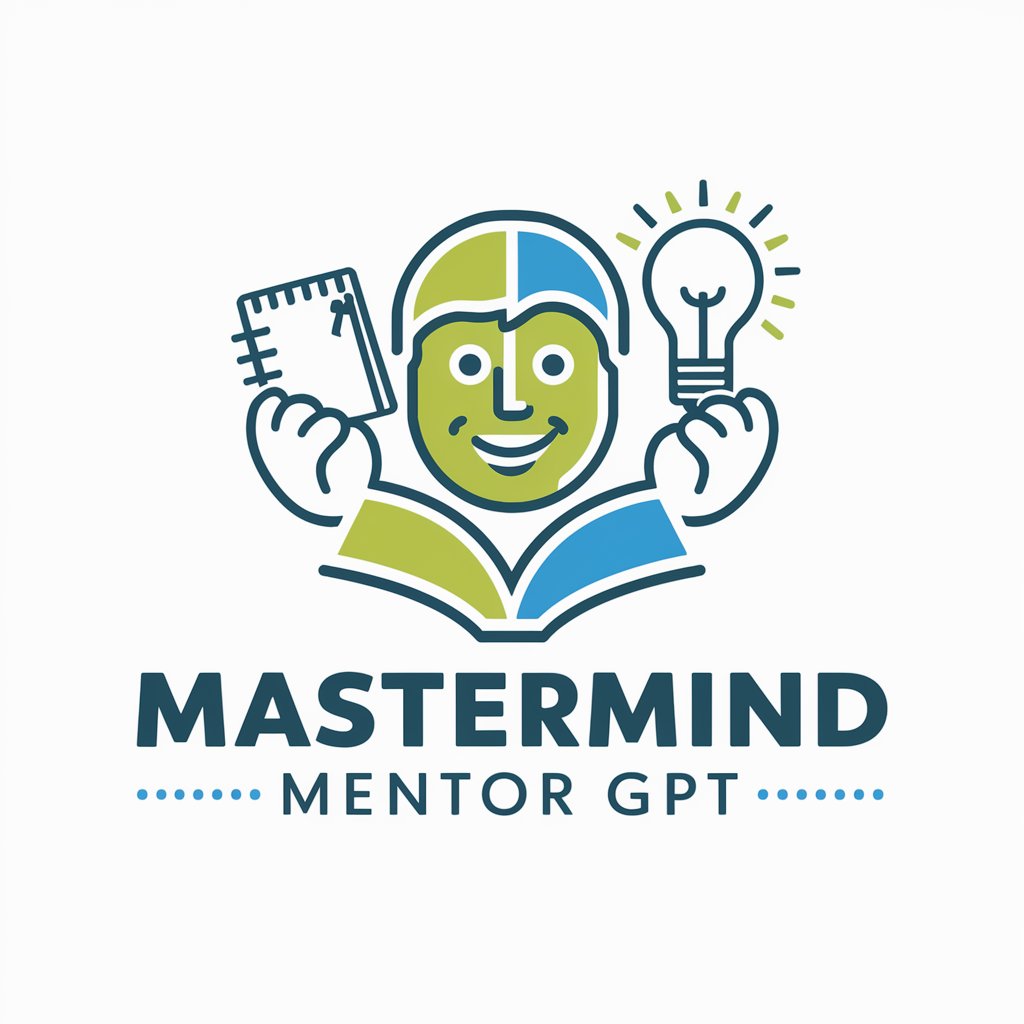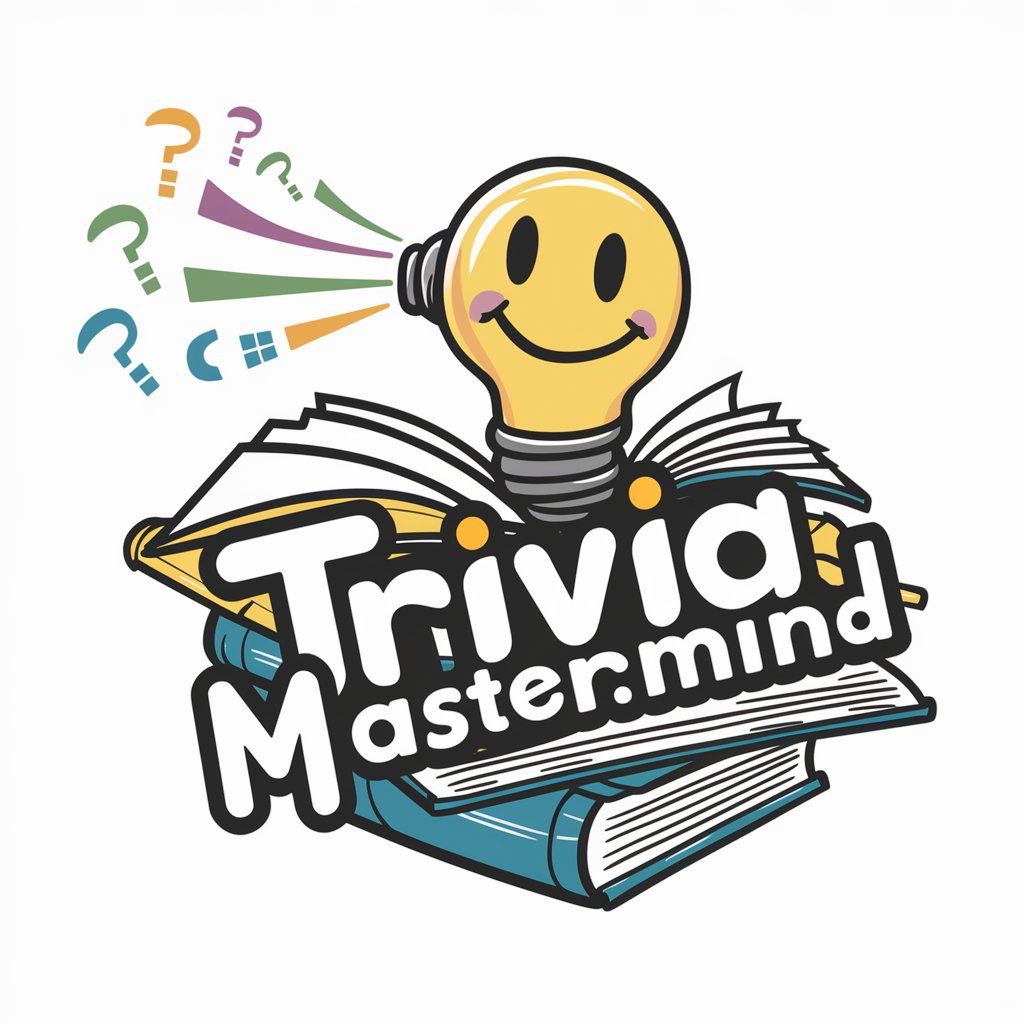Depression Dialogue Simulator - Depression Communication Aid

Hello, I'm here to guide you in understanding effective support for severe depression and suicidal thoughts.
Understand Depression, Enhance Dialogue
How would you approach someone struggling with deep feelings of hopelessness?
What are some supportive ways to respond to someone expressing suicidal thoughts?
Can you provide an example of empathetic communication for someone in severe depression?
How can active listening be effectively used with someone who feels deeply despondent?
Get Embed Code
Overview of Depression Dialogue Simulator
Depression Dialogue Simulator is designed to simulate conversations with a severely depressed individual, showcasing the perspective of someone experiencing deep emotional pain and suicidal thoughts. Its primary goal is educational, aiming to train users in effective communication techniques for such sensitive interactions. By simulating dialogues, the tool provides users with a 'safe' environment to explore and understand the complexities of severe depression without real-world consequences. For example, a user might engage in a simulated conversation where the 'patient' expresses feelings of worthlessness and hopelessness, and the user practices responding in ways that are empathetic, supportive, and encouraging without inadvertently causing harm. Powered by ChatGPT-4o。

Key Functions of Depression Dialogue Simulator
Simulated Patient Dialogues
Example
In a simulation, the AI 'patient' might say, 'I feel like there's no point in going on anymore.'
Scenario
Users learn to respond appropriately, where the simulator provides feedback. Good response: 'I hear how painful this is for you, and I'm here to support you.' Average response: 'Things will get better, you'll see.' Poor response: 'You just need to cheer up.'
Feedback Mechanism
Example
After each user response, the simulator evaluates and categorizes the response as good, average, or poor.
Scenario
This feedback helps users understand the impact of their words and refine their communication strategies, fostering a deeper understanding of empathetic engagement with depressed individuals.
Dialogue Termination Criteria
Example
The simulator terminates the dialogue if it reaches a critical threshold, such as an indication of imminent self-harm.
Scenario
This termination is accompanied by a prompt that encourages the user to reflect on the interaction and educates them on the importance of seeking professional help in real-life scenarios.
Target User Groups for Depression Dialogue Simulator
Mental Health Professionals
Therapists, counselors, and psychiatrists can use the simulator to practice and refine their therapeutic communication skills, especially for handling clients with severe depression and suicidal ideation. It helps them prepare for real-life situations where sensitive and precise communication is crucial.
Caregivers and Family Members
Family members and friends of those suffering from depression can learn how to communicate more effectively with their loved ones, understanding better how to provide support without exacerbating the situation.
Educators and Trainers
Trainers and educators in the field of mental health can use the simulator as a tool in workshops and training sessions, helping students and trainees learn effective communication techniques and understand the emotional dynamics of depression.

How to Use Depression Dialogue Simulator
Initial Access
Visit yeschat.ai to explore Depression Dialogue Simulator with a free trial that requires no login or ChatGPT Plus subscription.
Understand the Tool
Read the provided instructions and guidelines to understand the tool's purpose, limitations, and how it simulates dialogues with a severely depressed individual.
Start a Simulation
Begin a simulated dialogue by presenting a scenario or question. The tool will respond from the perspective of a patient, mimicking responses typical of severe depression.
Use Response Guide
Utilize the categorized response guide (good, average, poor) provided after each simulation to learn effective communication strategies.
Reflect and Learn
Reflect on the dialogue and feedback, considering how different approaches can affect conversations with real individuals facing similar challenges.
Try other advanced and practical GPTs
HTML Script Kiddy
Transform HTML with AI-powered JavaScript

Levantine Cuisine
Discover, cook, and share the Levant

Happy Bug
Spreading Positivity with AI Power

Tryd Script Helper
AI-powered Script Crafting for Traders

CodeWizzard
Powering Coding with AI Precision
Luisa Coder
AI-Powered Python Programming Expert

Mastermind Mentor
Empowering Masterminds with AI

Mastermind
Empower Your Decisions with AI

Modern Mastermind
Empowering Decisions with AI

TV's Mastermind
Challenge Your Knowledge with AI

Trivia Mastermind
Unlock knowledge with AI-driven trivia

Chef Mastermind
AI-powered Culinary Creativity

Frequently Asked Questions About Depression Dialogue Simulator
What is the primary purpose of the Depression Dialogue Simulator?
This tool is designed to simulate conversations with a person experiencing severe depression, providing users with insight into effective communication strategies and enhancing their understanding of depressive states.
Can this tool be used for training purposes?
Yes, it is highly beneficial for training healthcare professionals, counselors, and educators on how to engage sensitively and effectively with individuals suffering from severe depression and suicidal ideation.
Is there any real-time interaction with experts or psychologists through the simulator?
No, the simulator does not provide real-time interaction with experts but offers simulated responses based on typical depressive behaviors and thoughts.
How does the simulator handle the depiction of suicidal ideation?
The simulator approaches suicidal ideation with extreme caution, avoiding explicit details on self-harm methods and always suggesting professional help for such scenarios.
Can the simulator's responses be personalized to specific scenarios?
Yes, users can input specific scenarios or contexts, and the simulator will tailor its responses to reflect the nuances and emotions typical of those situations.
